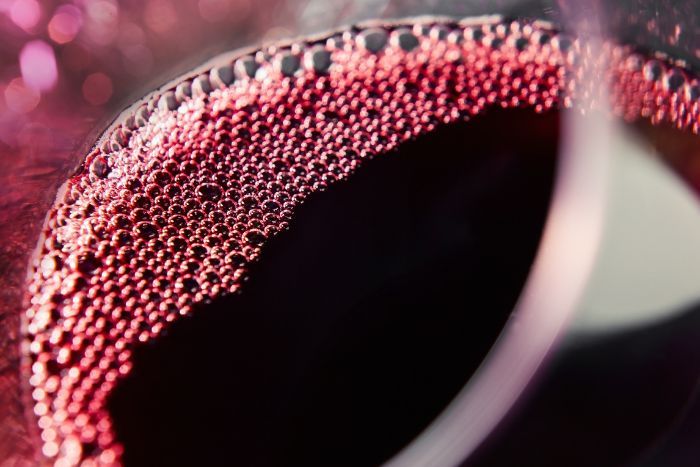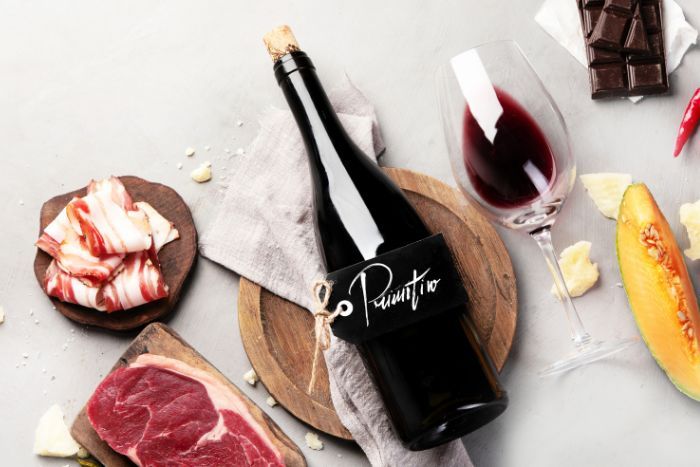Primitivo Vs Monastrell: Two Southern Styles Worth Discovering
Discover the differences between these two southern European red wine grapes, how they taste, and when to choose each one.

Sometimes just one sip is enough to feel how differently southern Europe understands the character of red wine. At first glance, Italian Primitivo and Spanish Monastrell have quite similar personalities, as both grapes ripen in the heat, accumulate a lot of sun, and their wines are usually richer and more intense.
However, upon closer inspection, it becomes clear that these two southern stars represent completely different moods and differ significantly in how they reveal themselves in the glass.
One is warmer, fruitier, and more "friendly," while the other is more serious, darker, and has more structure. Both styles are worth exploring if you prefer more powerful red wines, but each has its own unique charm.
Primitivo: Italian richness, warmth, and soft character
Primitivo originates from Apulia, the heel of Italy, a region where summer heat sometimes seems more like a daily occurrence than a season. This grape simply loves the sun and easily accumulates high sugar levels, which is why Primitivo wines usually have a higher alcohol content and a bright, even salty fruitiness.

When tasting them, the abundance of black berries usually stands out first: black currants, cherries, ripe plums, sometimes even a hint of jam. Some producers age Primitivo in oak, which adds hints of chocolate, vanilla, or mild spices to the taste, complementing the natural warmth of the grape.
Primitivo is one of those wines that is easy to return to because it does not require much preparation or knowledge. It is an excellent choice for evenings with friends because its taste remains pleasant even for those who have a simpler approach to wine.
The tannins are soft and the acidity is low, so it can be drunk without food, although it goes even better with pizza, pasta with meat sauces, or juicy burgers. It is an Italian warm embrace in a glass that does not pretend, but always lifts the mood.
Monastrell: Spanish strength, depth, and southern power
Monastrell has a long history in Spain, and the regions of Jumilla, Yecla, and Alicante would be hard to imagine without this grape. The climate here is even harsher than in Apulia, as summers are not only hot but also dry, and the soil is poor.
Monastrell thrives in these conditions, developing a thick skin and accumulating the concentrated flavour necessary for a powerful taste. This is why wines made from this grape are usually intense, with a lot of structure and fairly firm tannins.
When tasting Monastrell, tones of dark berries, blueberries, and blackberries are often recognised, but at the same time, there are more earthy, smoky, herbal, or even wild notes, which give the wine depth and a kind of solidity.
Unlike Primitivo, Monastrell rarely reveals itself best when drunk on its own. This wine is simply made for food. Its rich flavour profile pairs well with lamb, beef stews, expressive hard cheeses, and dishes that need a stronger partner.

Monastrell is a wine that allows you to enjoy not only fruitiness but also structure, making it more popular with those who are looking for a more serious, intense style and are not afraid of a slightly wild character in their glass. It is an expression of the strength of southern Spain, creating a special depth and sensation.
How are they similar, and how are they different?
Although Primitivo and Monastrell are often placed in the same category due to their power and fruitiness, their similarities end with a shared love of climate. Both thrive in warm conditions and can produce relatively high alcohol levels, both offer intense flavours, and both are often chosen during the colder months when something more robust is desired.
However, it is their differences that make them interesting. Primitivo is softer and sweeter, appealing to those who want an easier-to-drink, round, and friendly wine. Monastrell, on the other hand, is dry, smokier, more serious, and more structured, with more "muscle." These are two stylistic opposites, both suitable at the right time, but rarely replace each other.
How to choose the right option for you?
When choosing between Primitivo and Monastrell, it is important to consider the mood, occasion, and food. If you are looking for a fruity, warm, and slightly sweet wine that is suitable for any evening and does not necessarily require complex food, Primitivo is definitely a good choice. It is harmonious, smooth, and easy to drink.
£10
Special offer available for a minimum purchase of £99. Discount voucher valid for four weeks from issue date. Cannot be used in conjunction with other promotions except for the free delivery special offer.
If you want a deeper flavour, firmer tannins, and a wine that offers more structure and expression, Monastrell will be much more interesting. This is a wine for people looking for a more powerful, concentrated experience and who want their glass to contain not only sweet fruit but also serious character.
A little secret about international "twins"
Primitivo has a direct genetic link to the American Zinfandel grape. Although their styles may differ, when tasting Zinfandel, it is easy to sense where that same juicy, warm energy comes from.
Monastrell, in turn, is known worldwide by another name – Mourvèdre. This is the name we most often hear in the south of France, especially in the Rhône Valley and Provence regions. There, this grape may be a little more elegant, but it retains the same deep, intense character.
Two styles, two heights, two moods
Although it is tempting to compare them, Primitivo and Monastrell are not competitors. They are simply different, like two temperamental southerners who both have something to offer. One is relaxed, juicy, and friendly, while the other is serious, robust, and leaves a lasting impression.
The choice depends solely on what kind of evening you want and how you want to feel when holding a glass in your hand. Both are excellent in their own style and definitely deserve a place on your wine shelf.